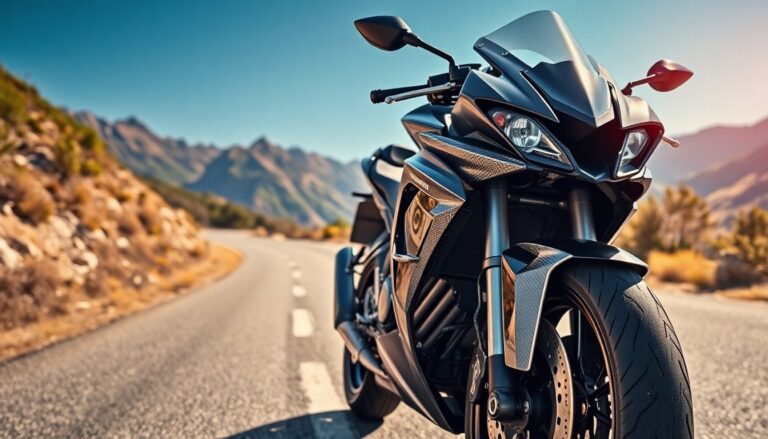Argomenti trattati
For motorcycle enthusiasts, the term superbike conjures images of high-speed racing, cutting-edge technology, and the exhilarating freedom of the open road. These formidable machines represent more than mere speed; they integrate engineering excellence with thrilling performance, attracting riders from diverse backgrounds. This article delves into the captivating world of superbikes, highlighting their distinctive features, the advanced technology that powers them, and what sets them apart in the motorcycle landscape.
The Evolution of Superbikes
The history of superbikes traces back to the late 20th century when manufacturers began redefining motorcycle performance standards. Originally, the term superbike referred to motorcycles with engine displacements exceeding 750cc. Today, superbikes typically boast engines exceeding 1000cc, capable of delivering astonishing speeds and acceleration.
Influential Models That Redefined Superbikes
Several iconic models have significantly shaped the superbike category. The Kawasaki Ninja H2, featuring a supercharged engine, established new benchmarks for speed and technology. In parallel, the Yamaha YZF-R1 introduced advanced electronics that enhance handling and performance, making it a top choice among track enthusiasts. These models exemplify how manufacturers consistently innovate to push the boundaries of what superbikes can achieve.
Technological Advancements in Superbikes
Modern superbikes exemplify the pinnacle of technological advancement. Features such as electronic stability control, traction control, and anti-lock braking systems (ABS) have revolutionized the riding experience. These technologies collaborate to enhance safety while optimizing performance.
The Role of Aerodynamics
Aerodynamics is fundamental in the design of superbikes. In this competitive market, fairings and the overall body shape are meticulously engineered to minimize drag and enhance stability at high speeds. Leading manufacturers such as Ducati and Honda allocate significant resources to aerodynamic testing, ensuring their superbikes can slice through the air with precision. This emphasis on aerodynamics not only elevates speed but also improves fuel efficiency, making superbikes more viable for daily use.
The Riding Experience
Riding a superbike offers a unique experience that few other activities can match. The blend of power, speed, and agility generates an adrenaline rush that is difficult to replicate. Riders often report a profound sense of unity with their machine as they maneuver through winding roads or compete on the racetrack. Yet, it is crucial to recognize that with this power comes significant responsibility. Superbike riders must possess the necessary training and remain vigilant about the inherent risks associated with operating such high-performance vehicles.
Safety Gear and Precautions
Investing in proper safety gear is essential for any superbike rider. A high-quality helmet, protective clothing, and gloves are vital to ensure safety while enjoying the excitement of riding. Furthermore, understanding your bike’s features, such as ABS and traction control, empowers riders to make informed decisions about safe riding practices while maximizing the performance capabilities of their superbikes.
In summary, the exhilarating world of superbikes presents a unique combination of speed, technology, and thrilling experiences. As the industry continues to evolve, we can anticipate further advancements that will redefine the superbike riding experience. Whether you are a seasoned rider or a newcomer to the motorcycle community, grasping the intricacies of these powerful machines enriches your overall experience and appreciation for what superbikes can deliver.

